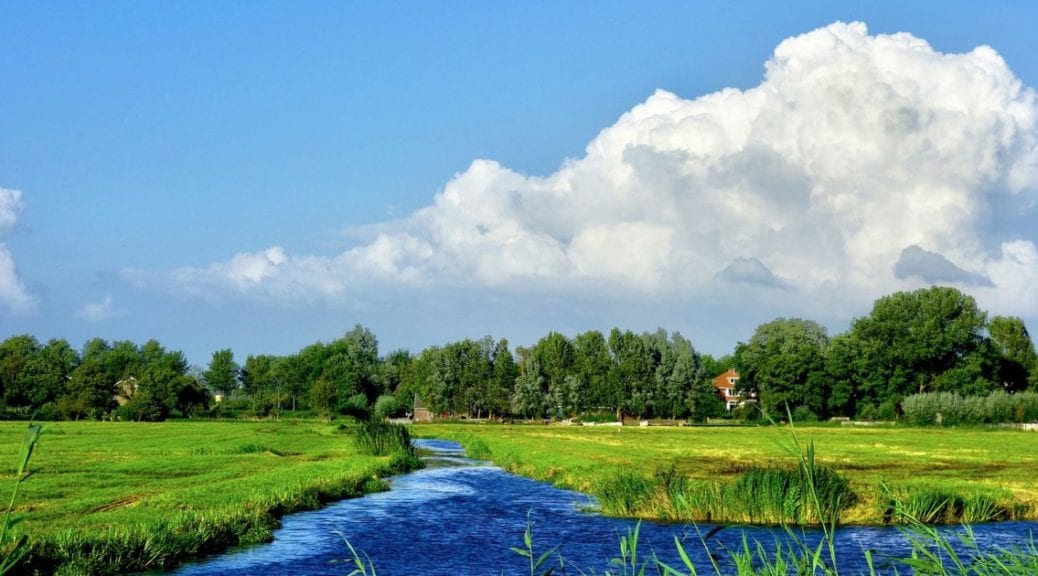
Return to February 2020 newsletter
Trump Administration clarifies Clean Water Act with the Navigable Water Protection Rule
By Jim Bradbury, PLLC and Alexis S. Long, student, Texas A&M University School of Law
Years of dispute and confusion finally reached some clarity on Jan. 23 when the recently repealed Waters of the United States “WOTUS” rule was formally replaced by the Navigable Water Protection Rule (NWPR). This new rule is a response to the Trump Administration’s criticism that the former WOTUS rule contained too many uncertainties that came at a large price to rural farmers.
With the new and improved NWPR, the administration seeks to define and further clarify what is and what is not a jurisdictional waterway. “After decades of landowners relying on expensive attorneys to determine what water on their land may or may not fall under federal regulations, our new Navigable Waters Protection Rule strikes the proper balance between Washington and the states in managing land and water resources while protecting our nation’s navigable waters, and it does so within the authority Congress provided,” stated EPA Administrator Andrew Wheeler.
In an effort to provide a clear definition of protected and excluded waters, the new rule defines terms that have historically been undefined. Under the new rule, four categories of jurisdictional waters are listed as protected WOTUS under the rule. These four categories include:
Territorial Seas and Traditional Navigable Waters: Under this category, waters such as oceans, navigable waters and waters used for interstate commerce are considered jurisdictional waters.
Tributaries to Navigable Waters: Jurisdictional waters under this category include perennial tributaries that contribute to surface flow and intermittent tributaries that contribute to surface flow.
Certain Lakes, Ponds, and Impoundments: Waters such as lakes, ponds and impoundments that contribute surface flow to traditional navigable waters are considered jurisdictional waters.
Adjacent Wetlands: Under this category, wetlands that abut a traditional navigable water, wetlands with manmade structures that allow surface connection, and wetlands adjacent to traditional navigable waters are considered jurisdictional waters.
Not considered part of the jurisdictional waters under the rule are: dry washes, ephemeral and intermittent streams; isolated wetlands; many farm ditches; farm and stock watering ponds constructed in upland; many roadside ditches; and storm water runoff. NWPR also designates several exemptions from the Clean Water Act, “including features that only contain water in direct response to rainfall; groundwater; many ditches, including most farm and roadside ditches; prior converted cropland; farm and stock watering ponds; and waste treatment systems.”
The new NWPR has yet to be officially published. The final rule will become effective 60 days after publication in the Federal Register and replaces the rule published Oct. 22. With this new rule, the EPA is implementing a more consistent and understandable usage of the jurisdictional water rule.